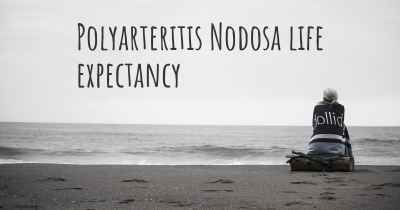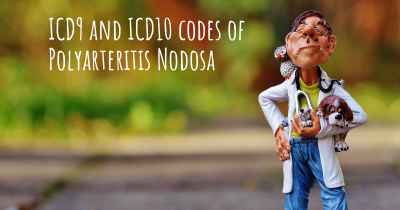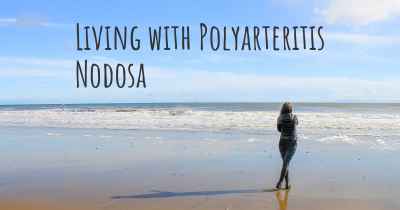What is the history of Polyarteritis Nodosa?
When was Polyarteritis Nodosa discovered? What is the story of this discovery? Was it coincidence or not?

Polyarteritis Nodosa (PAN) is a rare autoimmune disease that affects the medium-sized arteries, leading to inflammation and damage in various organs of the body. The history of PAN dates back to the early 20th century when it was first recognized as a distinct clinical entity.
The discovery and early understanding:
The first description of PAN can be attributed to a Swiss pathologist named Kussmaul and a German internist named Maier in 1866. They reported a case of a young woman who presented with multiple aneurysms in her arteries. However, it wasn't until 1931 that the term "polyarteritis nodosa" was coined by a pathologist named Friedrich Wegener.
Recognition and classification:
During the mid-20th century, PAN was recognized as a distinct disease separate from other vasculitides. The classification of PAN was refined over time, and in 1994, the Chapel Hill Consensus Conference proposed criteria to differentiate PAN from other related conditions.
Understanding the pathogenesis:
Advancements in medical research have shed light on the underlying mechanisms of PAN. It is now known that PAN is an autoimmune disorder characterized by immune complex deposition in the arterial walls, leading to inflammation and subsequent damage. The exact cause of PAN remains unknown, but it is believed to involve a combination of genetic and environmental factors.
Clinical manifestations and diagnostic advancements:
PAN can affect multiple organs, including the skin, kidneys, nerves, gastrointestinal tract, and heart. The clinical presentation varies widely depending on the organs involved. In the past, diagnosing PAN was challenging due to its nonspecific symptoms and the lack of specific diagnostic tests. However, advancements in medical imaging, such as angiography and computed tomography (CT), have greatly improved the ability to detect characteristic arterial abnormalities associated with PAN.
Treatment and prognosis:
Over the years, treatment options for PAN have evolved significantly. In the past, the prognosis for PAN was poor, with a high mortality rate. However, the introduction of corticosteroids and immunosuppressive drugs, such as cyclophosphamide, has revolutionized the management of PAN. These medications help control inflammation and prevent further damage to affected organs. With early diagnosis and appropriate treatment, the prognosis for PAN has improved significantly, although it still depends on the extent of organ involvement and individual response to therapy.
Current research and future prospects:
Ongoing research aims to further understand the underlying mechanisms of PAN and develop targeted therapies. The advent of biologic agents, such as rituximab and tocilizumab, has shown promise in the treatment of PAN, particularly in cases resistant to conventional immunosuppressive drugs. Additionally, efforts are being made to identify biomarkers that can aid in early diagnosis and predict disease progression.
In conclusion, the history of Polyarteritis Nodosa spans over a century, from its initial recognition as a distinct clinical entity to the advancements in understanding its pathogenesis, diagnosis, and treatment. While much progress has been made, further research is needed to improve outcomes for individuals affected by this rare autoimmune disease.
It was discovered in 1866 by Kussmaul and Maier during the autopsy of a patient with fever,weight loss, abdominal pain and poly neuropathy revealed areas of focal inflammatory exudations that gave rise to palpable nodules along the course of medium- sized arteries.
Posted Mar 31, 2018 by Verna 3000








